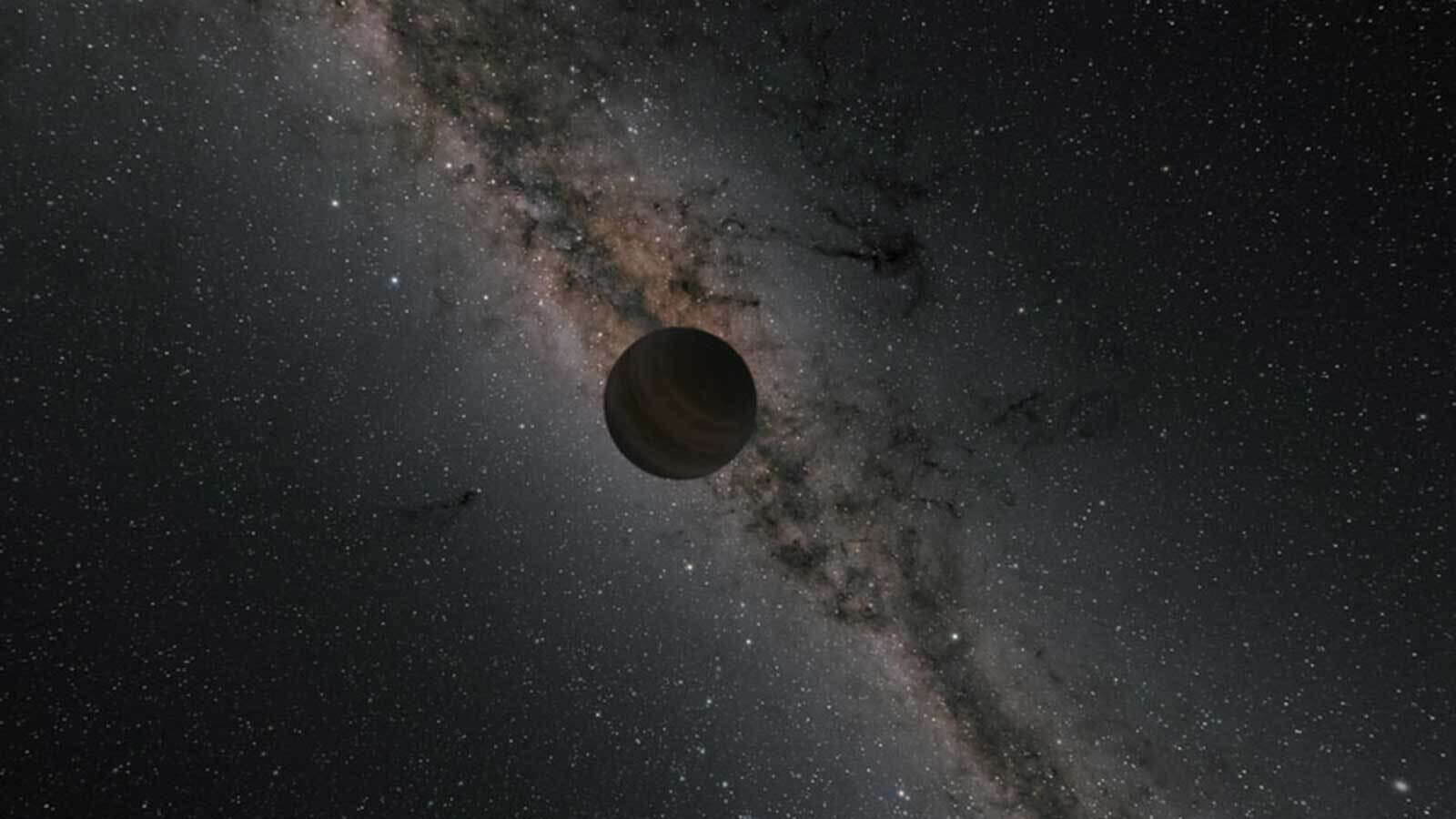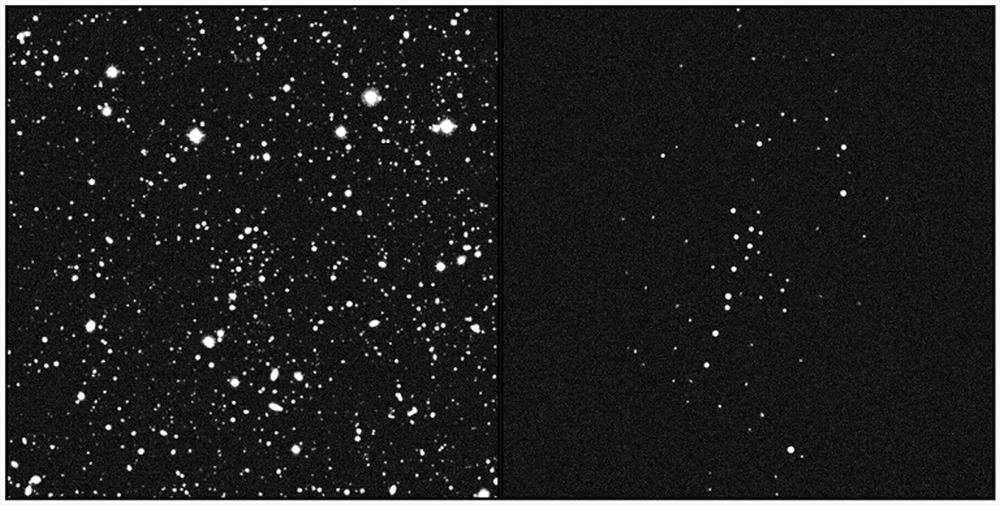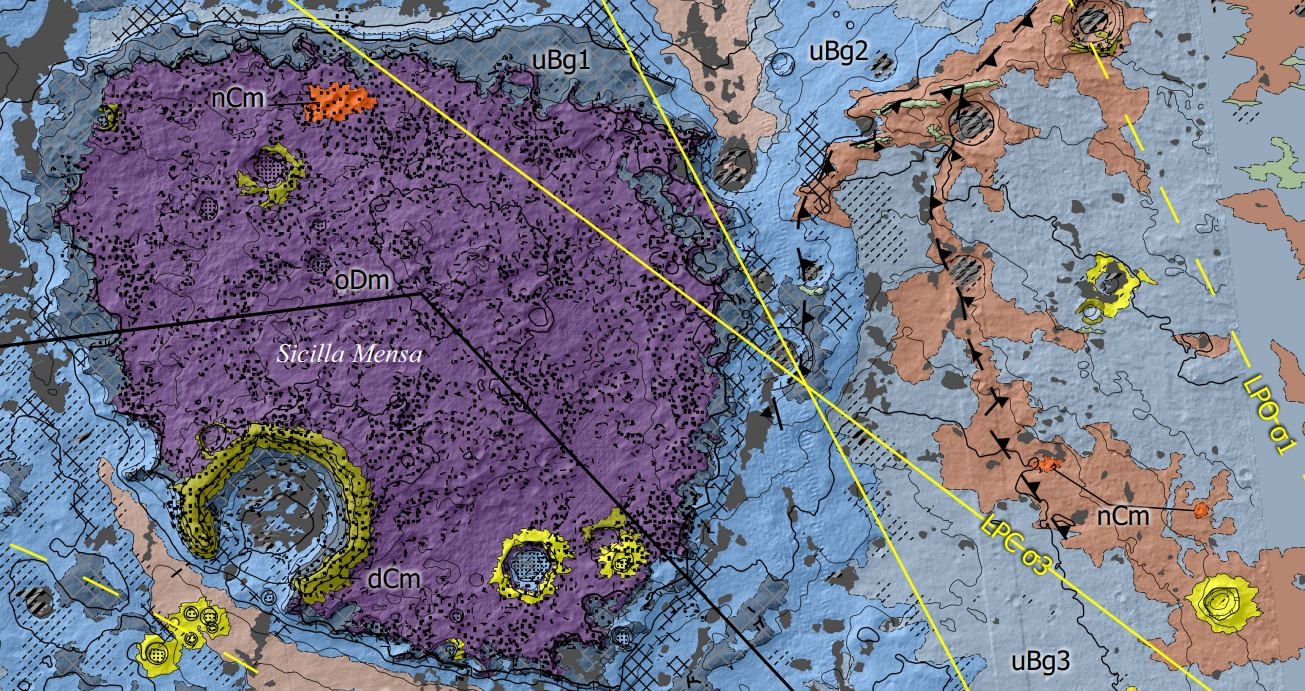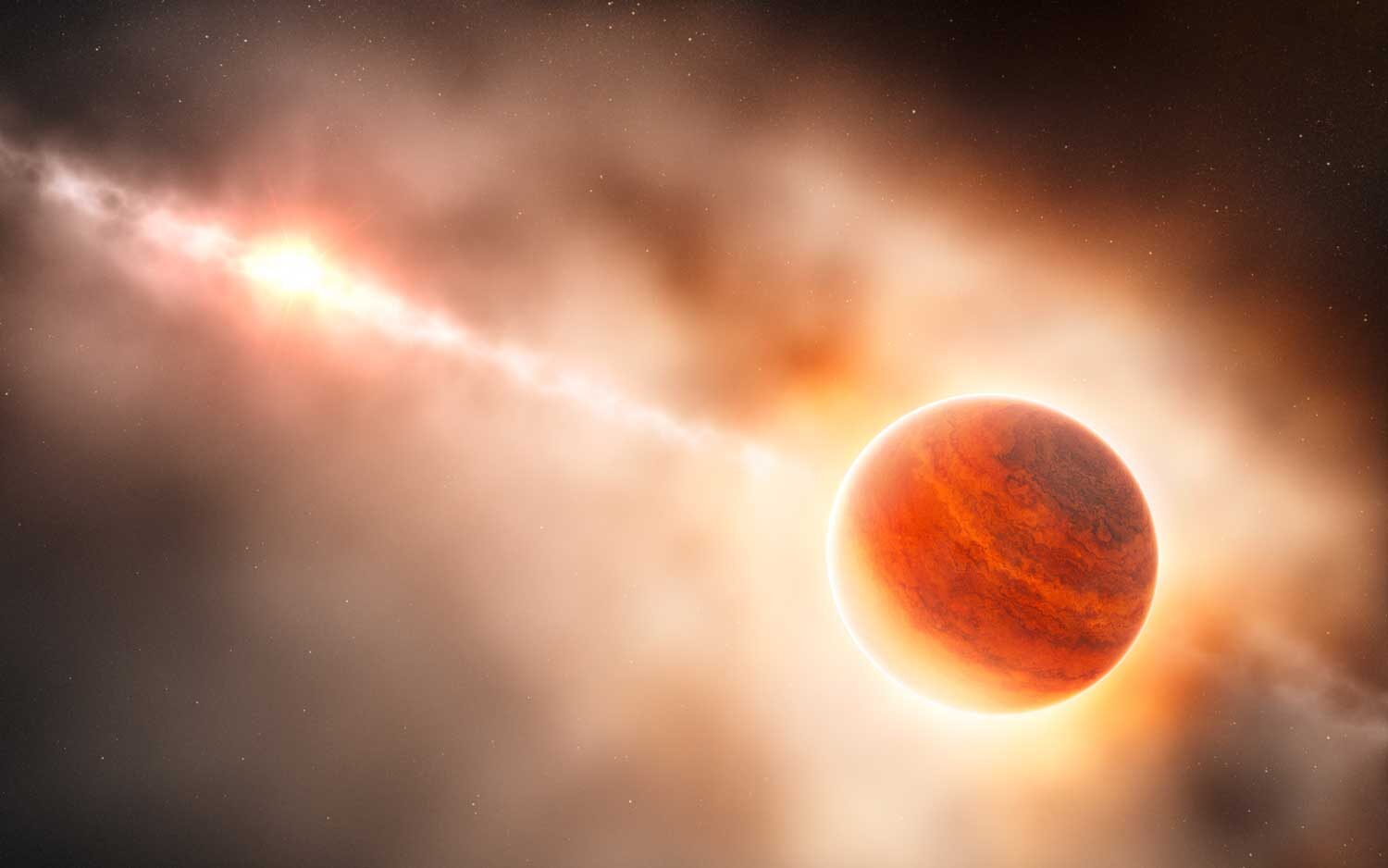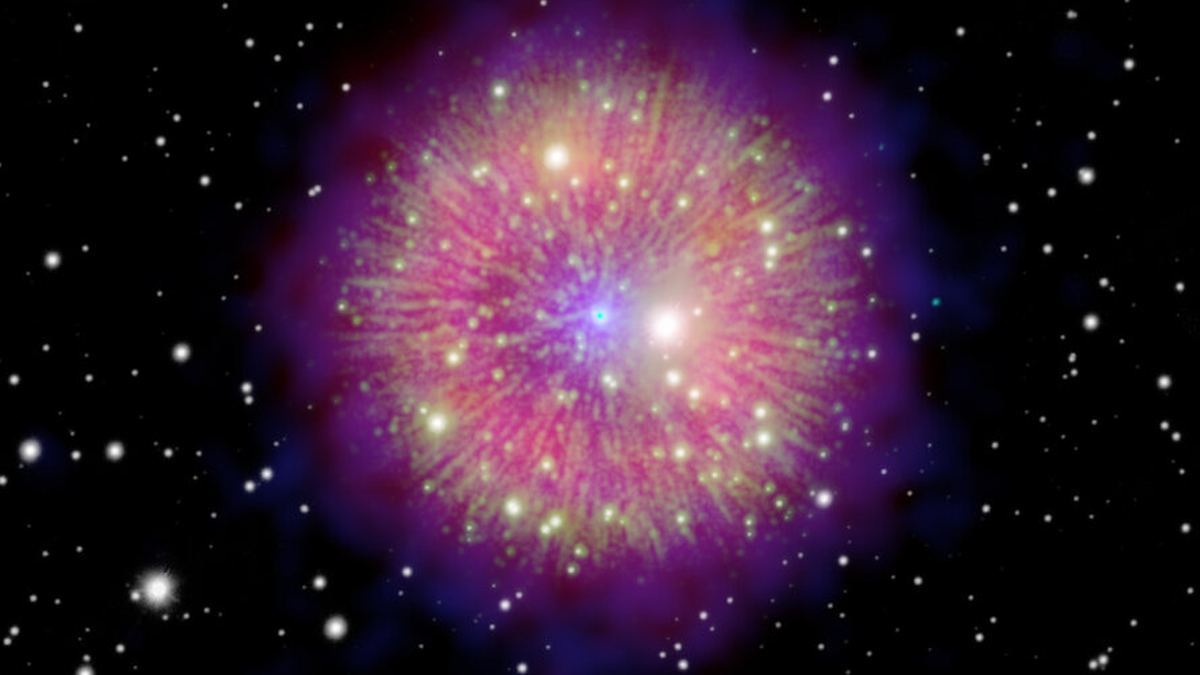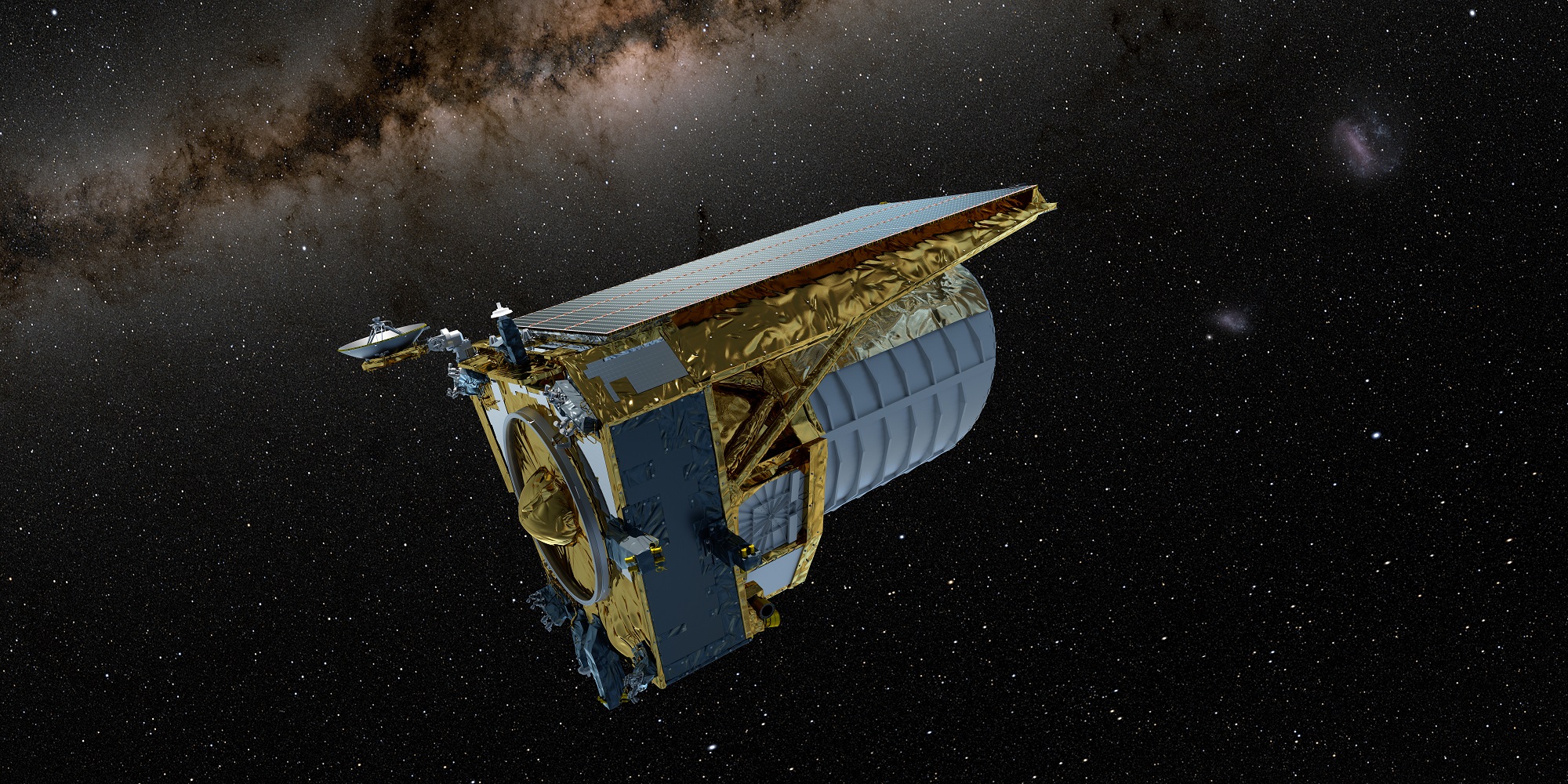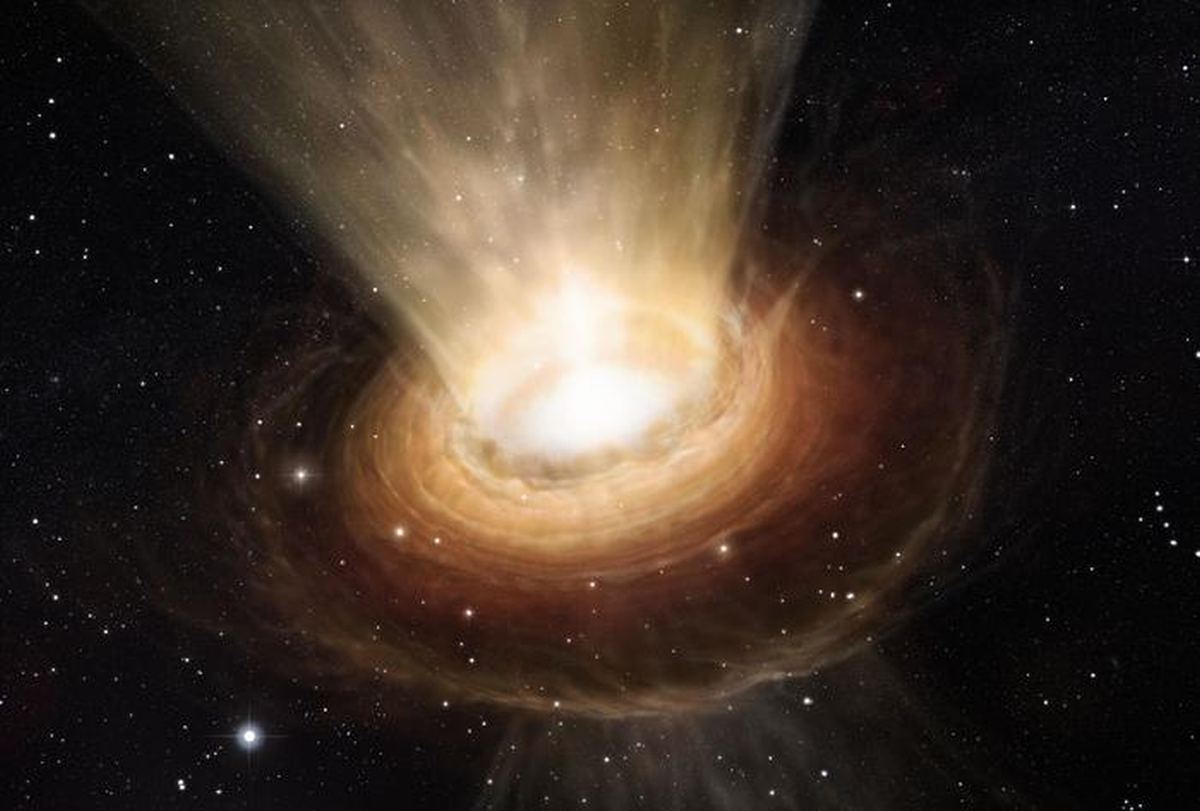There’s a population of planets that drifts through space untethered to any stars. They’re called rogue planets or free-floating planets (FFPs.) Some FFPs form as loners, never having enjoyed the company of a star. But most are ejected from solar systems somehow, and there are different ways that can happen.
One researcher set out to try to understand the FFP population and how they came to be.
rogue
